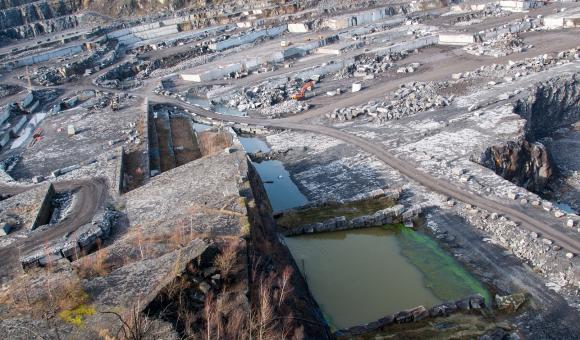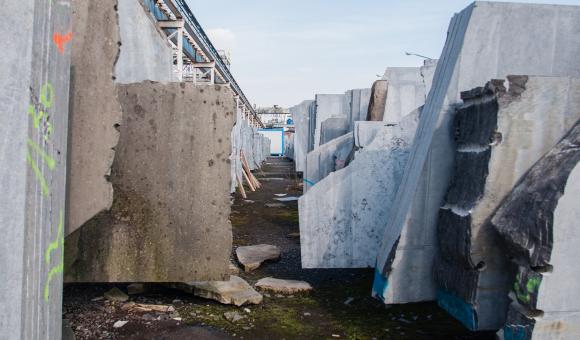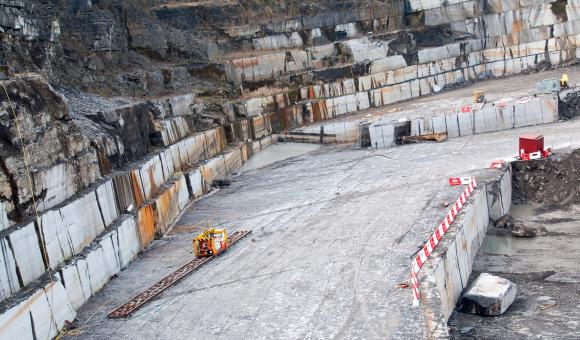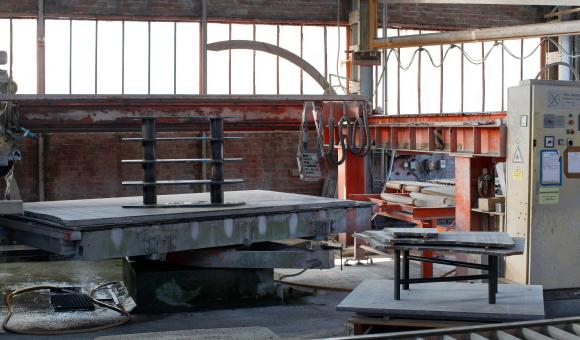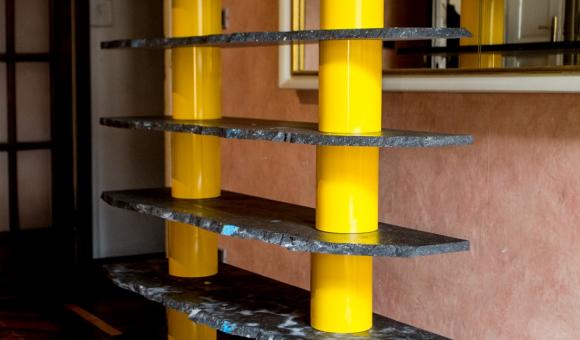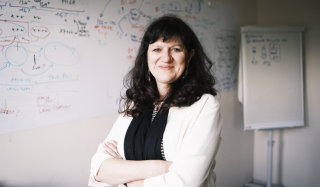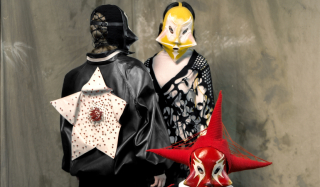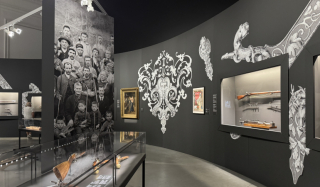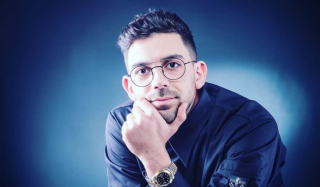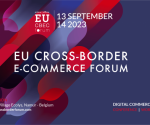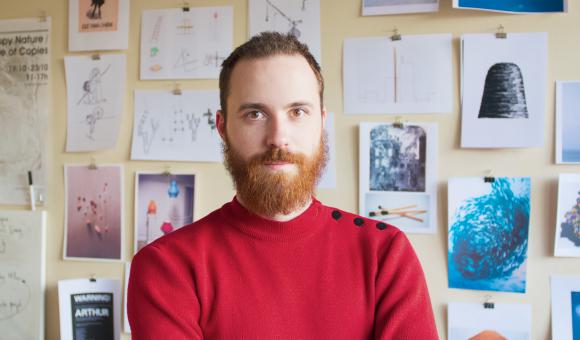
In Milan, the Belgium is Design label presented works created in partnership between companies and designers. The Belgian Bluestone Quarry and Julien Carretero look back over their collaboration between rock extraction and designer creativity.
The satisfaction was palpable at the Milan Design Fair. Looking back, how do you explain the success of your collaboration?
Emilie Abraham (for the Belgian Bluestone Quarries): With our keen interest in the initiative. We firmly believe that design can offer an alternative and critical take on our century-old company. The theme of the event, "A Matter of Perception: Tradition & Technology" chimed in with the questions we ourselves were asking about our work. We were delighted to welcome WBDM’s invitation to work within this framework. It was seen as a catalyst for the development of our products, our methods and our techniques.
Julien Carretero: My idea of design is based on experimentation, especially using and hijacking techniques from heavy industry to apply them to design. I was very excited by the idea of including bluestone in my research. It’s such a beautiful material, not always as highly appreciated as it should be because it is frequently used in the construction sector. I’m French by birth. While bluestone may be commonplace in Belgium, it isn’t just any old stone for me. This allowed me, more than a native Belgian perhaps, to adopt an unbiased approach to the material.
What did you present in Milan?
J.C.: The project as a whole is a portrait of the world of quarries and bluestone. We came up with prototypes of furniture, including a table, some shelving and a lamp, and a series of photos I took in the quarries. I see the work as essentially the expression of our impression of the material and extraction techniques.
E. A.: Yes, beyond their aesthetic and functional qualities, the objects created by Julien set out to convey the scale and the visual codes of the quarries and the raw nature of the stone before it is transformed. The shelf, for example, consists of a series of stone sheets whose jagged edges have not been smoothed, bearing the coloured cutting marks. The project puts bluestone centre stage, encouraging people to take a new look at the material.
What kind of new look do you mean?
J.C.: An unusual, questioning one, seeking its potential. The prototypes make us stop and think because they bypass the conventional path between the extraction of stone and the finished object. The exhibition was an opportunity to move away from the beaten track; to understand and shape the stone differently, paving the way for other ways of applying the quarries’ products.
What do you take away from this experience?
E. A.: First of all, it was a real opportunity to open up the company to the world of design under the guidance of a professional. We also became aware of the benefits that reflection and experimentation can bring. Taking time, leaving our production operations to one side, to question our practices clearly opens up new perspectives.
J.C.: For me it was a great experience. I had the opportunity to immerse myself in the world of quarries and to grasp their gigantic scale. The company played along and shared its experience in the field with me.
What are your expectations in terms of impact from the experience?
E. A.: It’s too early to tell. Milan was a great opportunity to communicate about our activities in Belgium and, in this context, abroad. We currently export 20% of our production. Branding ourselves as a company specialising in the international context of the Milan Furniture Fair will probably further strengthen our position as European leader in the field.
J.C.: I work mostly with galleries and my experimental approach touches a niche market. An international outlook is therefore essential. The professional and cultural melting pot in Milan is a step in this direction and I’m aware how lucky I am to have had a chance participate in such an event.
Sylvie Reversez
Keep up to date with all the creators of Wallonia-Brussels on the Wallonie-Bruxelles Design/Mode website.
